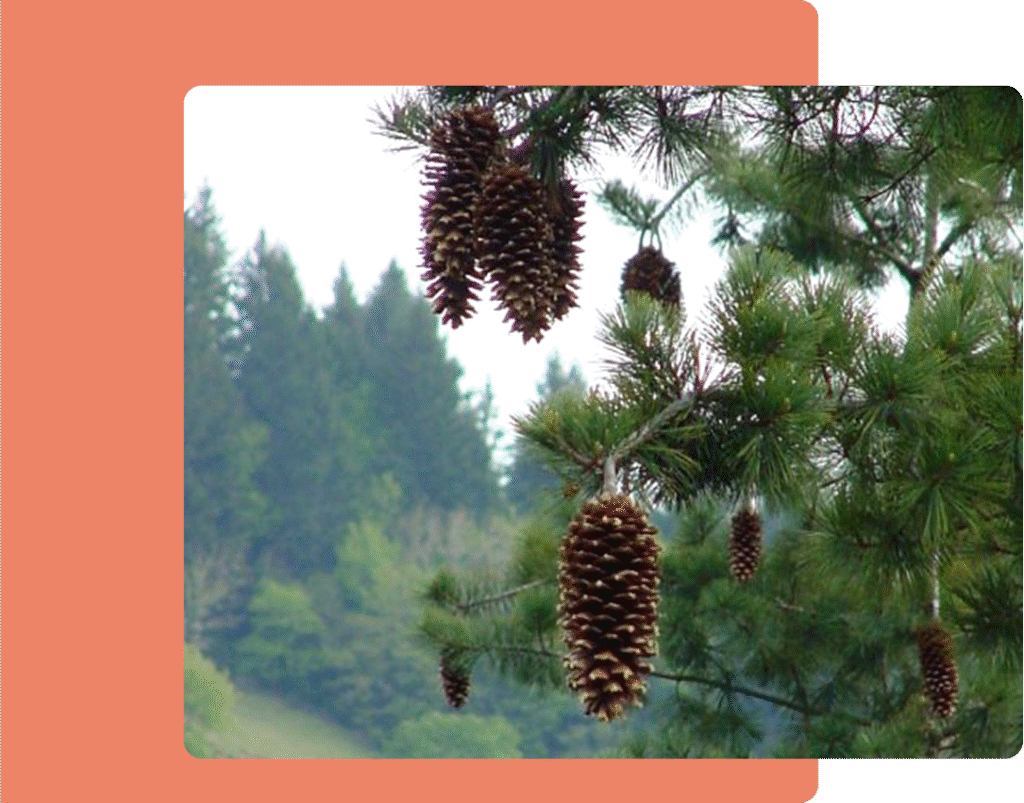The tallest, longest-coned pine around. Sugar pine doesn’t mess around—it grows BIG.
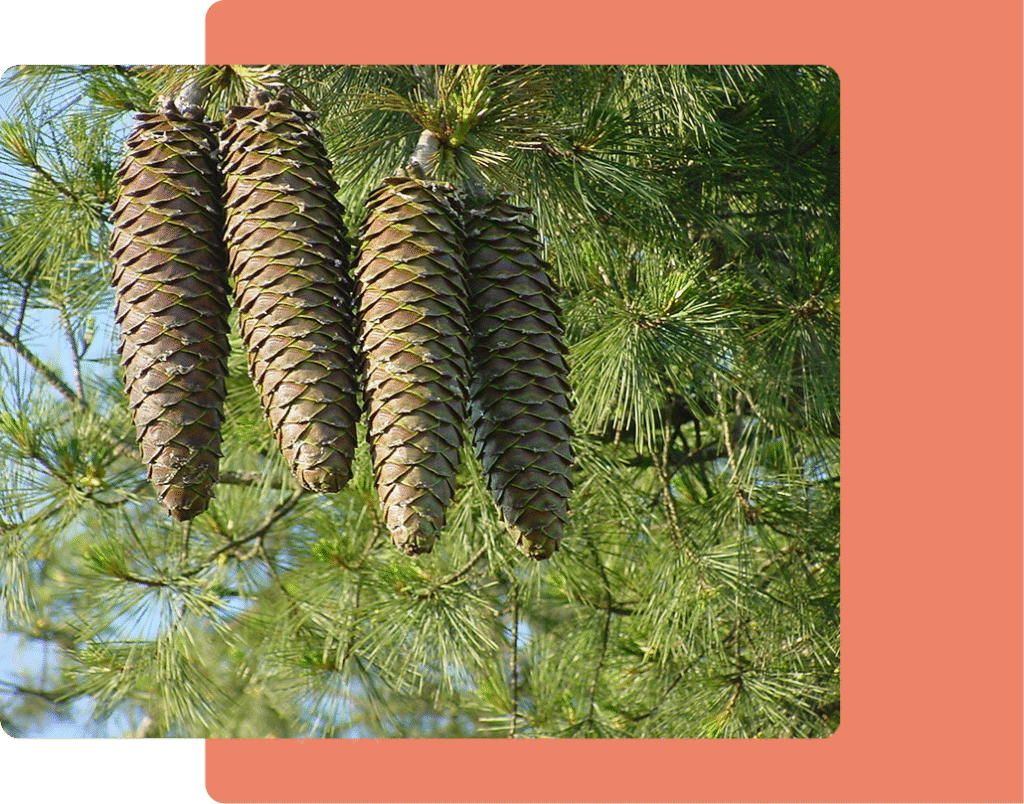
Mid- to high-elevation forests of the Sierra Nevada.
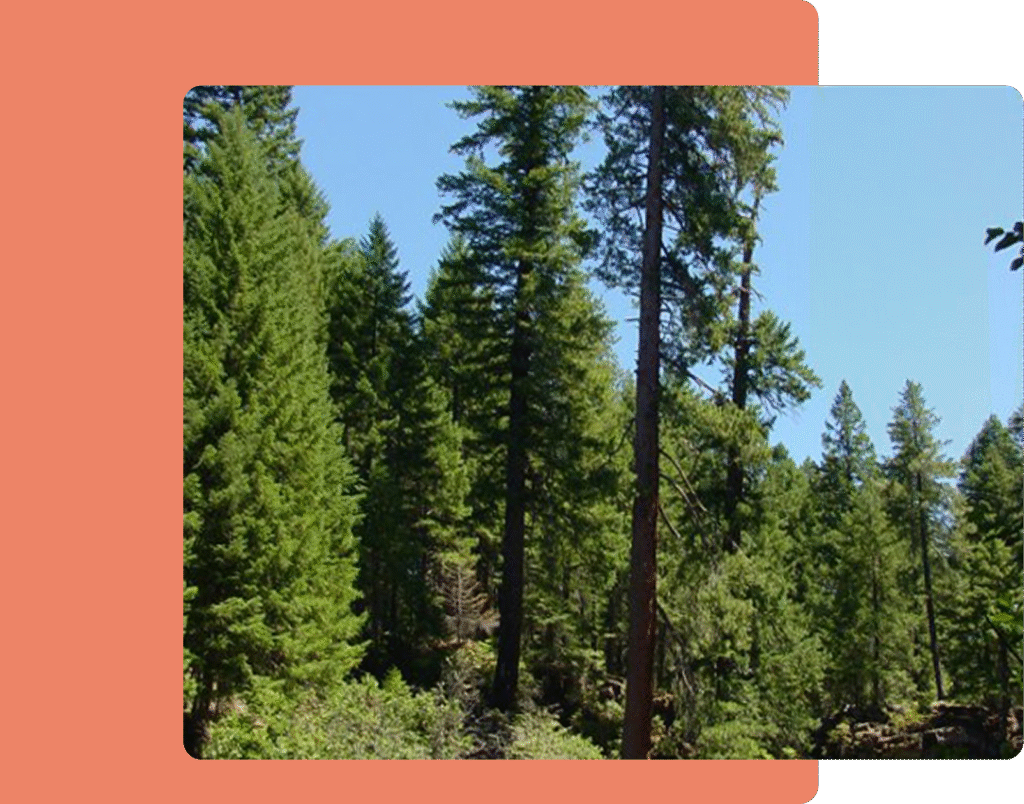
Supports wildlife, stores carbon, and adds epic drama to forest skylines.
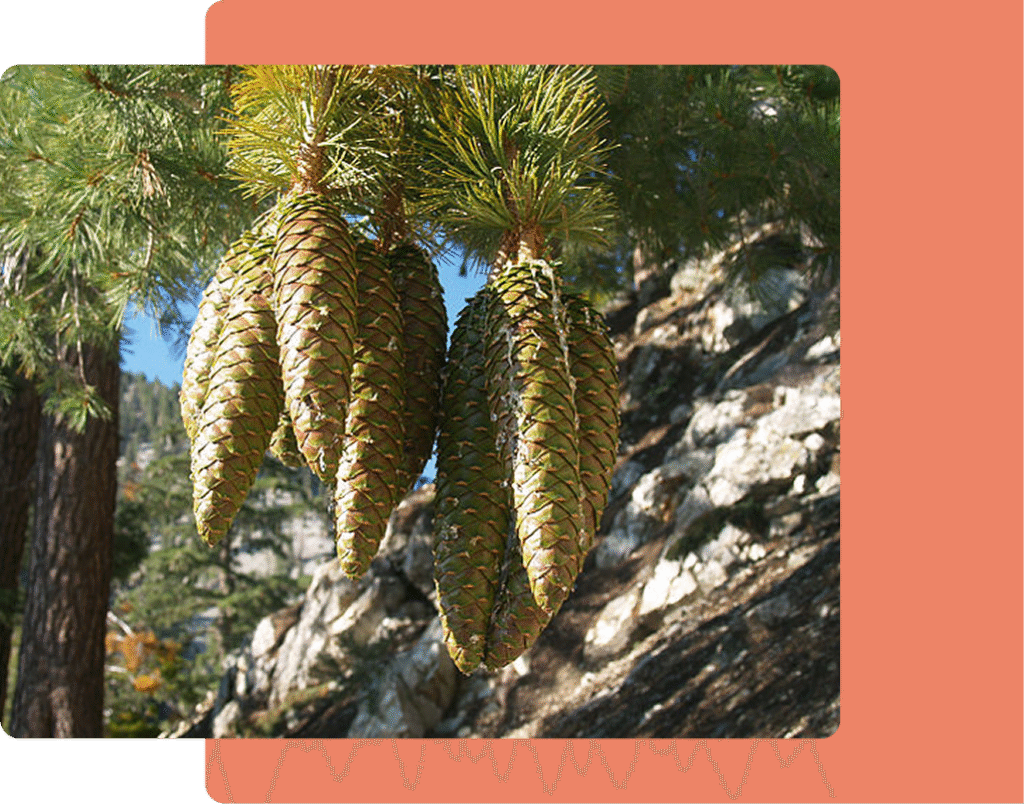
Massive cones (up to 20 inches!) drop seeds that squirrels stash like gold.
Cool, moist forest zones with plenty of snow in winter.
● Needles: Five per bundle, soft and sweet-looking
● Cones: Huge, banana-sized
● Height: Up to 270 feet
Seeds feed birds, bears, and squirrels. Woodpeckers love the trunks.
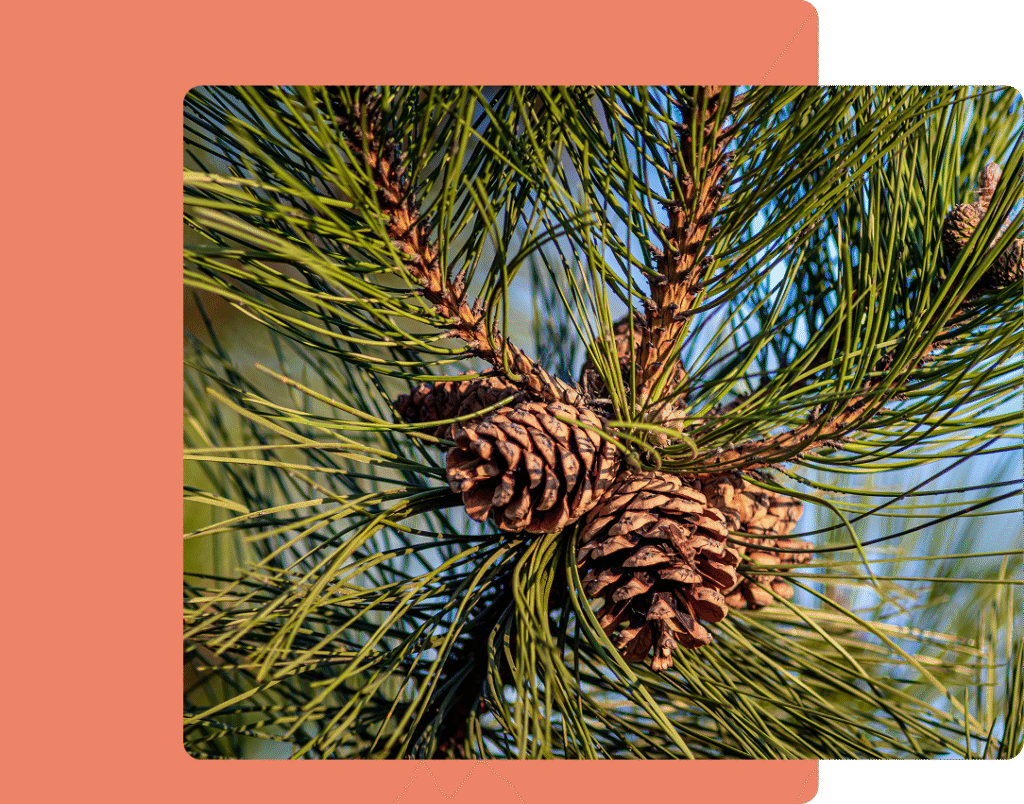
Sap tastes sweet—hence the name
Cones can bonk you if you’re not paying attention
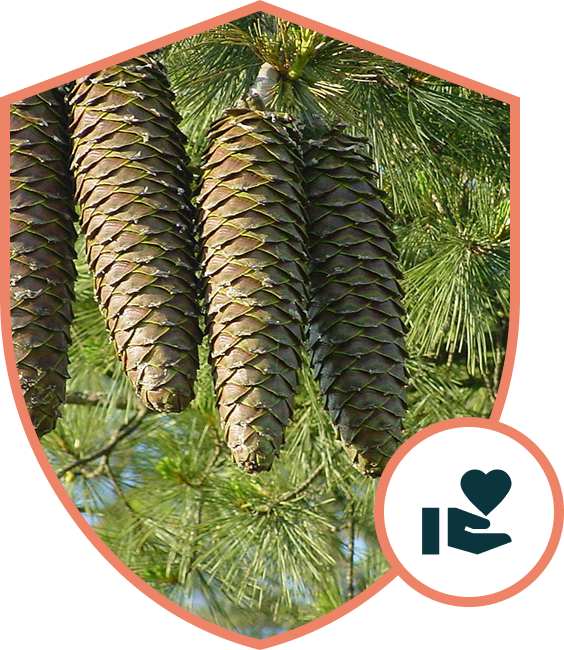
It’s iconic, supports tons of species, and adds serious swagger to any forest.
